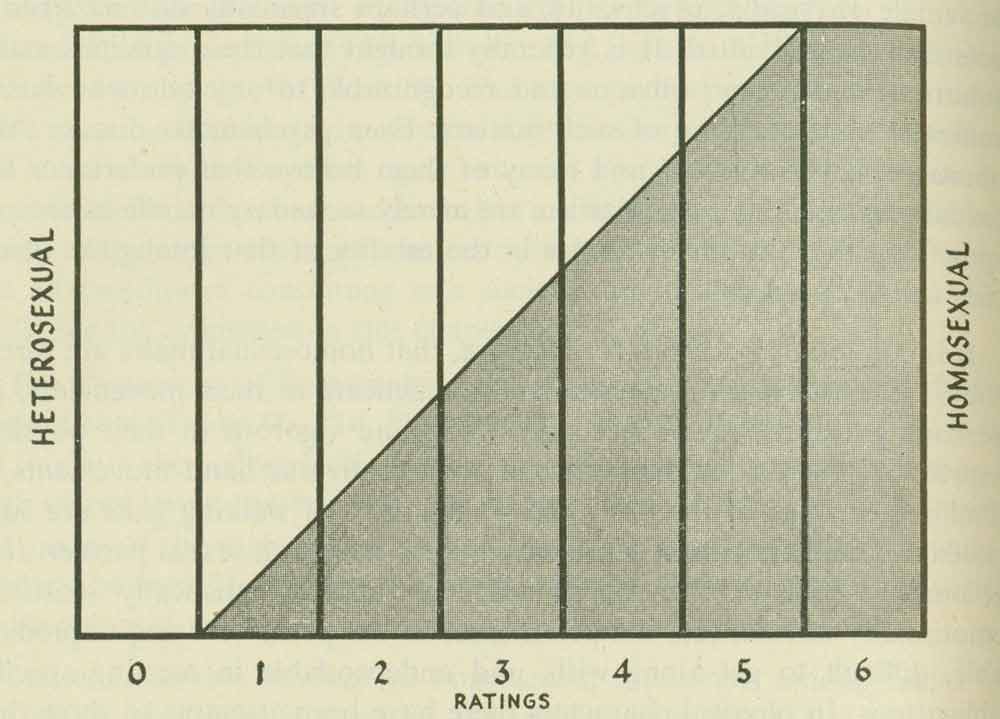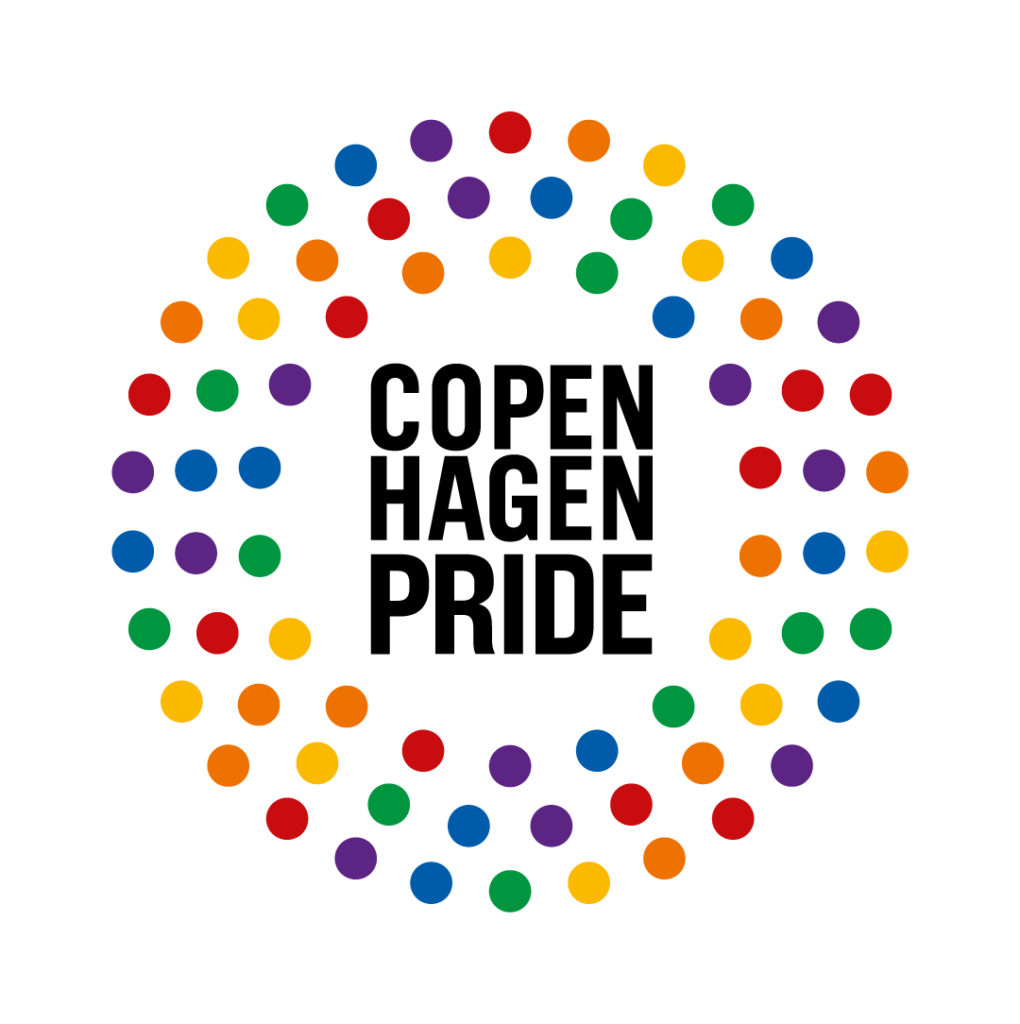
When Kinsey nuanced sexuality
By Kirsten Marie Øveraas (She/Her)
The Kinsey Scale revolutionised the view on sexuality. Today, the scale is outdated, but it introduced some important nuances that we’re still expanding on.
In 1948 the zoologist Alfred Kinsey dropped a bomb in the American consciousness. Based on ten years of research he published the so-called Kinsey Reports in the book “Sexual Behaviour in the Human Male”, and five years later “Sexual Behaviour in the Human Female” came out. Kinsey nuanced (or thoroughly fucked with) the post world war era’s ideal of the all-American citizen being respectable and thoroughly heterosexual.
Through thousands of interviews, Kinsey had mapped that the doughty Americans, poised to build the American dream society with the nuclear family at its core, actually lived a life far from that ideal. The Kinsey Reports uncovered a reality filled with homosexuality, infidelity, sadomasochism, masturbation, and many other shocking “perversities” that now proved to be completely normal.
The very starting point for Kinsey’s research was unheard of. Because without prejudice, his interview questions made room for all aspects of sexuality, including those taboo such as homosexuality.
The Kinsey Scale
The Kinsey Reports are best known for the Kinsey Scale. The scale has seven steps, ranging from 0, “exclusively heterosexual”, to 6, “exclusively homosexual”. Additionally, there’s a category, x, outside of the scale, for those who feel no sexual attraction or have no sexual experience.
The groundbreaking aspect of the Kinsey Scale was that it had all of five steps for the many – as the study showed – who are not exclusively heterosexual and also not exclusively homosexual. So here, sexuality was not a binary “you can be into men or women”, and not even a three-piece “you can be homosexual or heterosexual or bisexual”-view. Instead, sexuality was being viewed as a spectrum. As Kinsey wrote: “The living world is a continuum in each and every one of its aspects.”
Kinsey and his researchers interviewed 5300 men and 5940 women about their sexual history and rated them on the scale. The results of the study shocked the American public. Among the findings were:
- 46% of men had “reacted” sexually to both men and women.
- 37% of men had had sex with men.
- 10% of men had been “more or less exclusively homosexual” for at least three years of their adult life.
- 11% of men were rated 3 on the scale, meaning “equally heterosexual and homosexual”.
- 6% of unmarried women and 4% of married women were also rated 3 on the scale.
So, Kinsey had shown that sexuality is diverse, and that heterosexuality is not a given. A room of possibility had been opened. And everyone who was feeling different and wrong because of their sexual desires and practices suddenly wasn’t so different and wrong.
It is impossible to measure the effect of that shift, but it must have been enormous.
Criticisms of the Kinsey Scale
The Kinsey Scale made room for a more nuanced view of sexuality, but today it also seems dated. Here are three of the most important criticisms:
Firstly, Kinsey’s survey only included two genders, man and woman. It did not include other genders or gender identities at all, neither among the people interviewed nor in the scale. And, incredibly, the survey only included white respondents.
Another criticism is that the respondents were rated on the scale based on both their actual sexual experiences and their attraction, even though the two can be far apart. You can be attracted to several genders or be homosexual, but only have had heterosexual relations due to society’s homo- and biphobia. Yet the sexual experiences weigh in on the rating, which can make it skewed.
A third important criticism of the Kinsey Scale is, that even though it legitimises attraction to more than one gender, it presents bisexuals as being some percentage heterosexual and some percentage homosexual. But today, we define bisexuality as a sexuality of its own, not some kind of indecisive mix of hetero- and homosexuality.
Kinsey – the father of the sexual revolution
The 75-year-old Kinsey Reports are far from perfect today, but they were groundbreaking and ahead of their time.
Alfred Kinsey has been called “the father of the sexual revolution”, and the reports hailed the sexual liberation which washed over the Western world a decade later. And today we’ve expanded the Kinsey Scale’s room of opportunity even further with terms such as pansexual, heteroflexible, sapiosexual and demisexual, and we have a broader understanding of gender. Luckily, we continue to add nuances.
Read more about the Kinsey Reports and the Kinsey Institute’s further research at kinseyinstitute.org.
About the author
Name: Kirsten Marie
Pronouns: she/her
Gender: cis woman
Rating on the Kinsey scale: 2
Sexuality: pansexual
What I miss on the scale:
- That my sexual experience doesn’t affect my rating on the scale. Had I been from another environment, I could have had a different rating.
- That there’s room for attraction that’s not attached to gender.
- That there’s room for attraction towards people who are neither men nor women.



